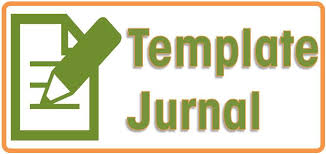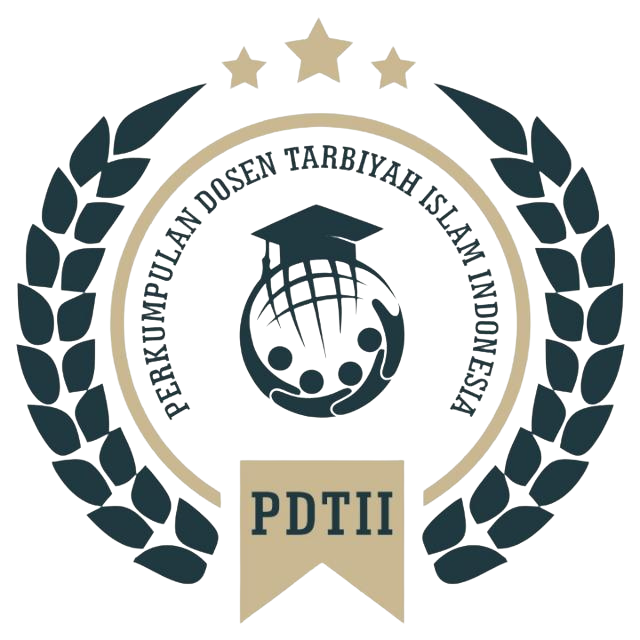Pemanfaatan Situs Sejarah Candi Jabung Sebagai Sumber Belajar Untuk Meningkatkan Berpikir Kritis Mahasiswa IPS
DOI:
https://doi.org/10.35897/jurnaltinta.v1i2.199Keywords:
Historical Site;, Jabung Temple;, Learning Resources;, Critical ThinkingAbstract
This study aims to obtain an overview of the utilization of the historical temple site of Jabung to improve the critical thinking of social science students at the Islamic Institute of Islamic Sciences Zainul Hasan Genggong Probolinggo. The research method used is mixed methods, in which the form of this study combines two approaches namely qualitative and quantitative, this study uses data collection techniques of observation, interviews and tests. The results of data analysis from this study indicate that T count is -9.439 and T table is 1.742 which means that T count is greater than T table (-9.439>1.742) which means that the utilization of the temple history site as a source of learning can improve the critical thinking of IPS students , the results of this study can also be seen from the results of the tests between pretest and posttest, the test results showed that the average score of pretest was 72.00%, while the average score in the post test was 87.05%. The results of the pretest towards posttets increased by 15.05%. Based on the results of the analysis of the data, it can be concluded that in this study the utilization of the historical sites of Candi Jabung as an effective learning resource can improve the critical thinking of social science students.
Downloads
References
Bachman, E, Metode belajar berpikir kritis dan inovatif, Jakarta: Prestasi Pustaka, 2005.
Baharuddin., Wahyuni Nur Esa. (2009), Teori belajar & pembelajaran,Yogyakarta: Ar Ruzz Media Group, 2009.
Creswell. John. W, Research Design, Pendekatan Kualitatif, Kuantitatif, dan Mixed Method, Jakarta: Pustaka Pelajar, 2011.
Eko Muhammad Arif Budiono, dkk, Nilai Edukasi Candi Jabung Kecamatan Paiton Kabupaten Probolinggo dalam Pembelajaran Sejarah, Sindang, Jurnal Pendidikan Sejarah dan Kajian Sejarah, Vol 1 No 2 Desember 2019.
Ennis, R. H, Critical Thinking Test, USA Bright Minds, 2005.
Ennis, Robert H, The nature of critical thinking:an outline of critical thinking dispositions and abilities, 2011, Diambil 15 Januari 2016 dari http://faculty.education.illinois.edu/rhennis/documents/TheNatureofCriticalThinking_51711_000.pdf.
Fisher, Alec, Berpikir kritis: Sebuah pengantar, Jakarta: Erlangga, 2009.
Iskandar, D, Metodologi penelitian pendidikan dan sosial (kuantitatif dan kualitatif), Jakarta: Gaung Persada Press, 2009.
Mulyana, Deddy, Metodologi penelitian kualitatif: Paradigma baru ilmu komunikasi dan ilmu sosial lainnya, Bandung: PT. Remaja Rosdakarya, 2008.
Mustaji, Pengembangan kemampuan berpikir kritis dan kreatif dalam pembelajaran di sekolah, Journal Pendidikan sekolah dasar, vol 5 no 5, 2009.
Naji, Sholeh, Candi Jabung Di Desa Jabung Candi, Paiton, Probolinggo, Jawa Timur (Sejarah, Fungsi, Dan Potensinya Sebagai Sumber Belajar Sejarah Di Sma), Widya Winayata: Jurnal Pendidikan, Vol 8, No 2, 2017.
Siti Nurul Hidayah, Pengembangan Bahan Ajar IPS Berbasis Keragaman Budaya Batik Jenogoroan untuk Meningkatkan Berpikir Kritis Siswa, Jurnal Ed-Humanistics. Volume 04 Nomor 01 Tahun 2019.
Pannen, I aulina, Kontrukvisme dalam pembelajaran direktorat jendral pendidikan tinggi, 2001.
Sugiyono, Metode Penelitian Kombinasi (Mixed Methods), Bandung: Alfabeta, 2011.
Sugiyono, Pendekatan kuantitatif, kualitatif dan r&d, Bandung: Alfabeta, 2011.
Tantri Raras Ayuningtyas,dkk, Pemanfaatan Situs Peninggalan Sejarah Di Kabupaten Bondowoso Sebagai Pengembangan Sumber Belajar Di Sekolah Lanjutan Atas Di Kabupaten Bondowoso, Historia: Jurnal program studi pendidikan Sejarah, Vol 6 No 1 2018.
Wahidmurni, M, Cara mudah menulis proposal dan laporan penelitian lapangan, Malang: Universitas Negeri Malang, 2008







